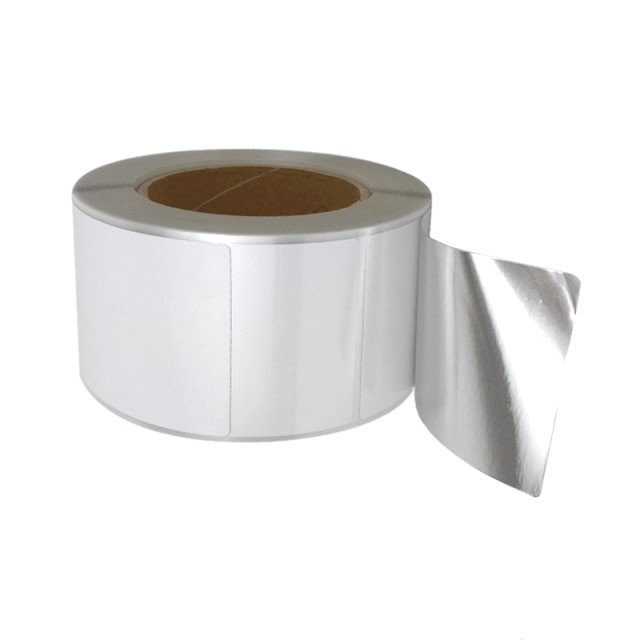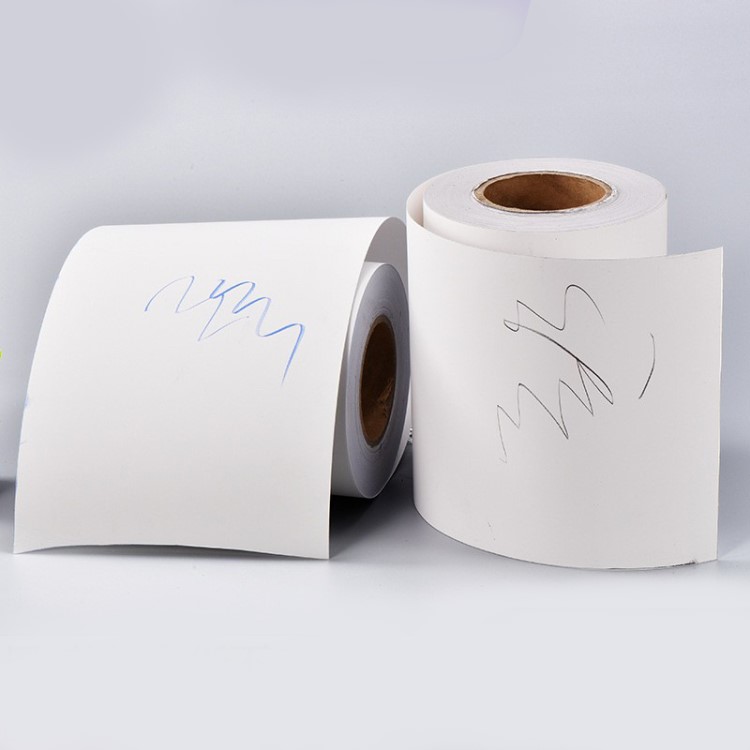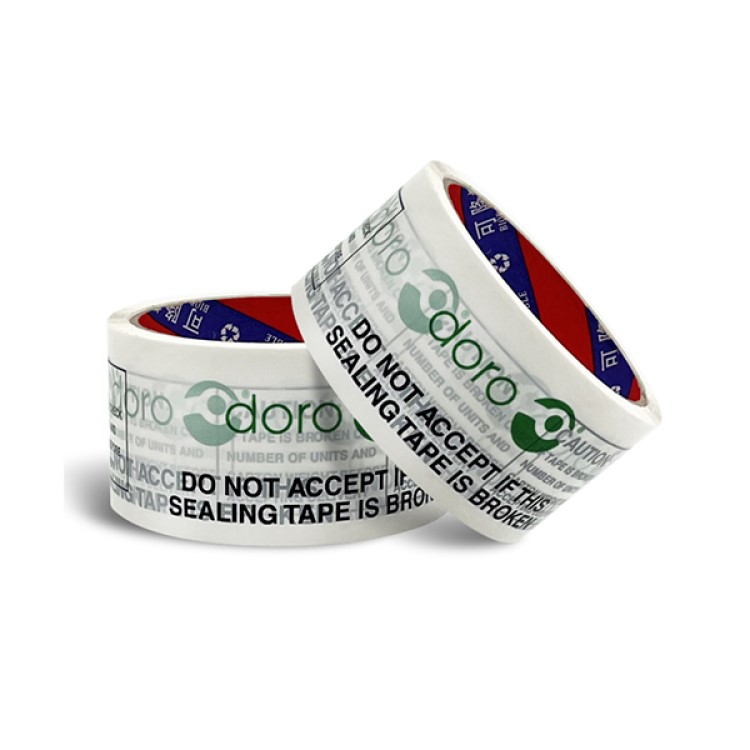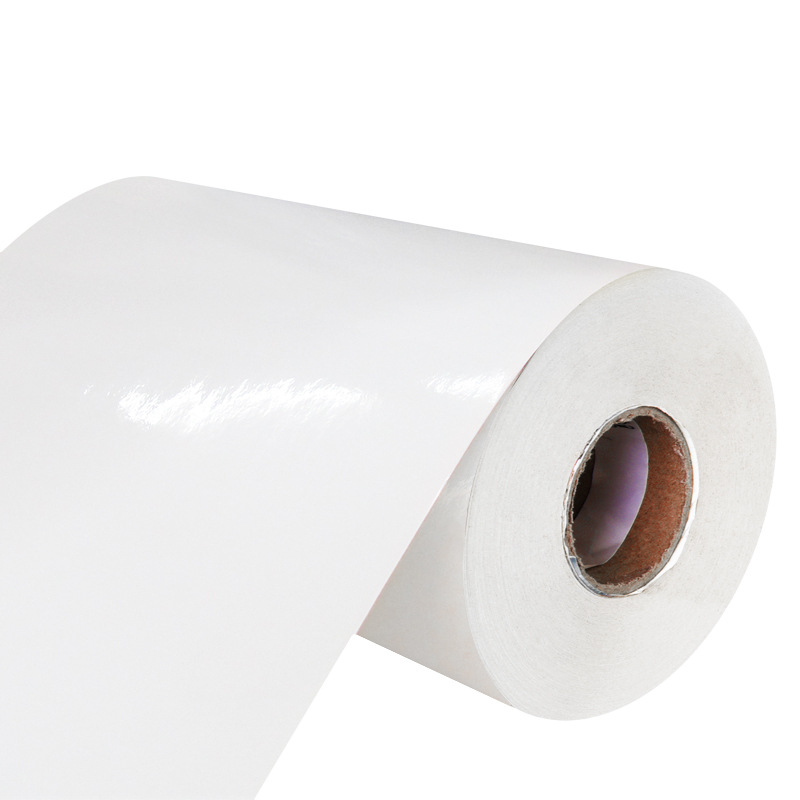Embossed paper adhesive material
Embossed paper is a type of cover decoration paper, which is usually used for wine labels after being coated with adhesive on the back, and can also be called red wine adhesive label material. There is a less obvious concave pattern texture on the surface of the paper, hence it is called embossing. Generally used for offset printing
Embossed paper generally uses mechanical embossing or creasing methods to form concave convex patterns on the surface of paper or cardboard. Embossed paper can enhance its decorative effect and make the paper more textured. In recent years, embossing on the surface of printing paper has become increasingly common. Color dyed paper such as offset paper, copperplate paper, whiteboard paper, and white cardboard are embossed before printing. As embossed printing paper, it can greatly improve the grade of paper and bring higher added value to the sales of materials
Many types of paper used for flexible packaging typically employ pre printing or post printing methods to enhance the visual effect of packaging decoration and the value of the product. Therefore, embossing has become an important method for paper processing
There are two processing methods for embossed paper
Firstly, after paper production, the machine adds patterns to create embossed paper
Secondly, after the plain paper is dried, it is put into an embossing machine for further processing, and then pressed against two rollers, one of which is engraved with an embossing pattern. The paper will be embossed after passing through it. Due to the deep texture of embossed paper, usually only one side of the paper is embossed
Embossing can be divided into laminated embossing and non laminated embossing
The so-called overprint embossing is to press the printed pattern into a concave convex shape according to its shape, so that the pattern bulges up, which can have a beautiful decorative effect
Non laminated embossing, which means that the embossed pattern is not directly related to the printed pattern, has a wide variety of types. Such as cloth patterns, diagonal cloth patterns, straight stripes, Yalian mesh, orange peel patterns, straight mesh patterns, needle mesh patterns, egg skin patterns, burlap patterns, grid patterns, leather patterns, scalp patterns, burlap patterns, gear patterns, etc. This non overprinted embossing is widely used in decorative materials such as embossed printing paper, book leather paper, patent leather paper, plastic synthetic paper, and plant parchment paper
Domestic embossed paper is mostly made by pressing laminated paper and whiteboard paper. Surface roughness, texture, strong expressiveness, and a wide variety of varieties. Many art designers prefer to use this type of paper to create book or photo album covers, title pages, and red wine stickers to express different personalities

Poor cohesion of adhesive leads to label lifting
Generally speaking, as long as self-adhesive labels do not curl after 24 hours of labeling, there should not be too many problems. Because after 24 hours of labeling, the adhesive has fully adhered to the surface of the object being labeled, reaching the maximum adhesive value of the adhesive. But sometimes, after 24 hours of labeling, the label does not lift, but after a longer period of inventory, there is a phenomenon of lifting. Why is this?
Usually, when encountering this situation, we carefully observe the object being labeled and the label, and find that a portion of the adhesive on the label remains on the surface of the object being labeled. This is due to insufficient cohesion of the adhesive, which causes the adhesive to separate under the tension of the label surface material's own stiffness after a period of labeling. Part of the separated adhesive still remains on the label, while the other part remains on the surface of the object being pasted. In such situations, we can ask the adhesive material supplier to test whether the cohesion of the adhesive meets their quality standards.
Types of chemical synthetic film adhesive labels
1. PE (Polyethylene) Adhesive Label
The fabric comes in transparent, glossy milky white, and matte milky white
Product labels with important properties such as water resistance, oil resistance, and chemical resistance, used for information labeling of bathroom products, cosmetics, and other extruded packaging
2. PP (Polypropylene) Adhesive Label
The fabric comes in transparent, glossy milky white, and matte milky white
Product labels with important properties such as water resistance, oil resistance, and chemical resistance, used for bathroom products and cosmetics, and suitable for information labels printed by heat transfer printing
3. PET (polypropylene) adhesive label
The fabrics come in transparent, bright gold, bright silver, sub gold, sub silver, milky white, and matte milky white
Product labels with important properties such as water resistance, oil resistance, and chemical resistance are used for bathroom products, cosmetics, electrical appliances, and mechanical products, especially for information labels of high-tech resistant products
4. PVC Adhesive Label
The fabric comes in transparent, glossy milky white, and matte milky white
Product labels with important properties such as water resistance, oil resistance, and chemical resistance are used for bathroom products, cosmetics, and electrical products, especially for information labels of high-tech resistant products
5. PVC shrink film adhesive label
Suitable for battery trademark labels, mineral water, beverages, irregular bottles, etc. can all be used
6. Chemical Synthetic Paper
Product labels with important properties such as water resistance, oil resistance, and chemical resistance, used for information labeling of high-end products and environmentally friendly products
Adhesive label die-cutting overflow glue
Die cutting overflow refers to the overflow of adhesive at the edge of the label after processing through the label die cutting process. It is a common defect in adhesive products. Adhesive overflow can cause issues such as label appearance defects, printing contamination, and poor peeling. The problem of overflow glue in die-cutting can also be solved from the following aspects:
1. Performance analysis of label materials: Different types of materials have different adhesive types, adhesive processing properties, and other characteristics. Therefore, before production, you should consult with the material supplier about the relevant performance characteristics and choose the material that is suitable for your processing technology
2. Label processing and storage environment control: The temperature of the label processing and storage environment should be controlled within the range of 23+/-3 degrees Celsius, and the humidity should be controlled within the relative range of 55+/-5%. Excessive temperature and humidity will increase the fluidity of the adhesive. In actual production, we can clearly feel that during summer production, die cutting overflow is more common, while in winter it is rare, which is the same principle
3. Quality control of label die-cutting: Sharp cutting tools must be used to die cut the labels. Blunt edged blades will cause the adhesive on the labels to flip and squeeze, resulting in adhesive overflow at the edges of the labels during the die-cutting process. Excessive die-cutting pressure can also cause excessive compression of the label adhesive, while shallow die-cutting pressure may lead to wire drawing of the adhesive during the die-cutting process, resulting in adhesive overflow at the edge or surface of the label. Therefore, the choice of die-cutting knife is crucial
4. Label processing technology control: It is necessary to avoid sliding friction on the label during the label processing process. Components that have sliding friction with the label are prone to accumulating die-cutting adhesive, which can contaminate the edge of the label. This overflow phenomenon will show a clear pattern and directionality in the position of the label
5. Label rewinding tension control: Excessive rewinding tension can cause excessive compression of the label adhesive, and even cause the label to slip on the backing paper, resulting in label overflow. Non square shaped labels, due to the inconsistent axial tension of the rewinding, are prone to excessive local tension, resulting in local adhesive overflow of the label. Small square labels are also prone to label overflow due to their ability to withstand greater pressure under the same pressure
We offer comprehensive technical support, including free professional labeling solutions, advice on label materials and adhesive selection, as well as online/offline assistance from professional software and hardware engineers. Service email: andy@ownlikes.cn. In pre-sales, we leverage our extensive experience in specialty labeling projects to provide clients with the most suitable hardware solutions. Additionally, all our label barcode printers and scanners come with a three-year free warranty, demonstrating our confidence in our products.






This site is protected by reCAPTCHA and the Google Privacy Policy and Terms of Service apply.